Over the years, as I travel, I've become a luggage watcher. I've noted the rise of character-themed luggage and hard-siders, and the victory of four-wheel suitcases over two-wheel. But one thing never seems to change: The over-packers.
You’ve seen them…they're right ahead of you in the check-in line, with bags big enough to hold other family members, trying to keep bags and children together, heaving the heavyweights up onto the scale at the counter, and breathing a deep, deep sigh of relief as the bags go down the belt, and the family heads for the gate. Or at least for screening.
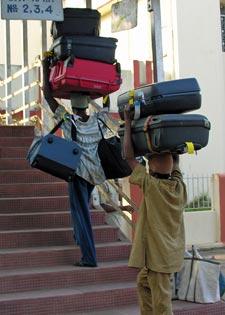 Say a little prayer for them, because it’s the only break they'll get from having those bags complicating everything they do. I know. When I started traveling regularly, we packed for a migration rather than a vacation.
Say a little prayer for them, because it’s the only break they'll get from having those bags complicating everything they do. I know. When I started traveling regularly, we packed for a migration rather than a vacation.
My wife and I took a 28” suitcase, a 26” suitcase and a 24” suitcase—a nice matching set—duffels and our daypacks. We hauled them to the airport, we hauled them through the next airport, we heaved them onto the train into the city, piled them in a corner and sat with them, dragged them off and into a taxi, and then up three flights to our vacation apartment.
And then we unpacked and stowed everything. And when it was time to go home, we realized there was an awful lot we hadn’t even touched. Half a suitcase of books—that was before e-books—but we had been too busy seeing, eating, meeting and walking to read them anyway. We had three weeks worth of clothes, plus extras—but there was a laundromat around the corner. Six pairs of shoes (only two were mine). Extra jackets. Extra everything.
The sad part is that it took us the better part of ten years to come to our senses. But when we did, life changed. Down to a pair of 21" carry-ons between us and small daypacks for even our longest trips, we were freer to wander; we could get our stuff on and off trains and buses easily…and we could sigh with relief every time we saw people stuck with too much.
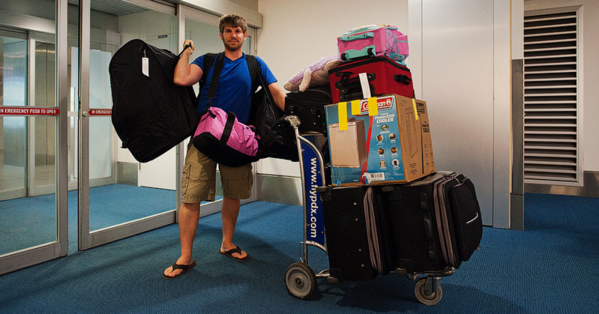
No need for everyone to follow our foolish footsteps. Instead, take a look at these thoughts on how to travel light without feeling like anything is missing and start now. There are many more tips and tricks…we’d love to hear more from you!
THREE GENERAL STRATEGIES
- Think again about what you need—it’s probably less than you think. Take fewer clothes, fewer gadgets, fewer shoes—keep it light. More on that below.
- Make it multi-purpose: Alton Brown’s kitchen rule against single-purpose tools applies to packing. For instance, a lightweight windbreaker combined with a sweater over an extra shirt can be warm and stylish when it’s cold—and each of the pieces can be used in different combos as it warms up.
- Waste no space: many things can be compressed more than you’d think, socks can stuff shoes…leave no hollow spaces! Some experienced travelers swear by packing cubes or vacuum-sealed space bags—see what works for you!
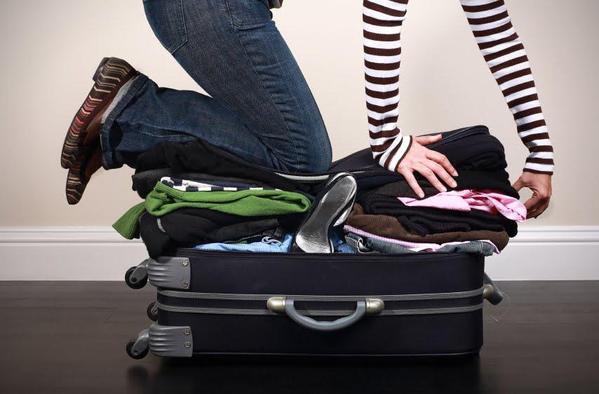
PACK FOR A WEEK, NO MATTER HOW LONG THE TRIP
- Plan for about eight days worth of clothes (you might need an extra!) Pants and skirts, fewer; they last more than one day between washes. Try to avoid shirts that only go with one pair of pants. That's enough to let you wash or have wash done once a week, and it will give you enough color choices to do some creative mix-and-match.
- Generally, leave books at home, except for disposable paperbacks; this has truly become the age of the e-reader for travelers. Even guide books work well on your tablet or phone now.
- Limit the footgear. You’ll need something comfortable to walk in all day. Walking shoes (Rockports for me) that are styled like shoes rather than sneakers are a good choice. Even for dressier shoes, choose comfort over style.
- Ditch rigid containers. They steal space. Pack your small items such as toilet articles, electronics etc. in ziploc bags; they'll fit in the crevices of your packing. Carry a bunch of extra quart and sandwich size bags, too. Fragile items can be stuffed into your rolled-up socks or underwear.

LAUNDRY STRATEGIES
- Chill at the laundromat if you haven’t spotted one, ask your rental host or hotel. Often, you’ll find one where you can drop off and pick up; but if you choose, self-service, you've given yourself a coffee break with time to read and especially a chance to meet and chat with locals.
- Hold the Line, Please. Many vacation rentals come with a washer, but less often a dryer. If you don’t have a dryer, of a drying rack, be prepared. Carry or buy a few feet of lightweight nylon cord; it takes almost no space or weight, but quickly becomes a clothesline.
- Use the Sink. You won't want to do all your laundry there, but in a pinch, or for lightweight quick-drying clothes it's a real option. Companies like TravelSmith have a lot of choices. Not cheap, but if you keep them for travel they'll last a long time. They usually dry overnight.
- The Dirty Secret: some people swear by just bagging up clothes in plastic with a Febreze sheet; it won’t wash them but it will make them fresher-smelling and socially-acceptable! At least for a while.
- A new wrinkle: Even permanent-press pants and shirts can get creasy, especially in a suitcase. But no iron is no iron: Instead, put them on hangers, hang them over the shower rail, and let the hottest water run for about 15 minutes (not on them). The steam treatment will straighten them out fast.
Another word about those travel clothes specialists…some of their products are incredible. My wife's favorites included TravelSmith's sheer blouse tops that turn any shirt into an outfit—and crush into a ziploc. Their microfiber overshirts are also good to dress up whatever they're worn with. Add a lightweight scarf or two and voilà! Almost infinite choices with only a few pieces.
ELECTRICS AND ELECTRONICS
 No, that Renoir girl isn't chatting on a 19th-century cellphone; it just looks that way. And if she doesn't seem to have a care in the world, that's no accident either. Seven years ago, we published a four-part series on how to stay in touch on the road, and the good news is that almost all of it has lightened up since.
No, that Renoir girl isn't chatting on a 19th-century cellphone; it just looks that way. And if she doesn't seem to have a care in the world, that's no accident either. Seven years ago, we published a four-part series on how to stay in touch on the road, and the good news is that almost all of it has lightened up since.
Your smartphone has gotten smarter, every apartment and hotel has Wi-Fi, and the most you need to worry about on that score is whether your carrier's 'international plan' gives you enough free data and reasonable cost calls, or if you want to buy a local plan. And even that's easier: Europe abolished roaming charges a while ago.
If you travel a lot to a lot of places, by the way, I've had several years of joy with T-Mobile; unlimited data and text in hundreds of countries and reasonable cost to call home when needed.
So what do you need to take, aside from your usual charger? Here's a short list of small things that just make life a bit easier.
- A 4- or 5-port USB charger will cover a couple's phones, tablets, cameras and watches.
- A half-dozen or so plug adapters for local outlets (skip the overpriced oversized multi-country adapters. Stick with the small and simple.) Be sure to include one that converts the other way...see why below.
- One or two cube taps. That's the thing you plug into an outlet to give you three outlets. Sometimes there aren't enough outlets; if you unplug the TV or a lamp, and put in your cube tap, you now have three—but the lamp you unplugged won't go into it. Except, you brought that one reverse adapter so you can.
- Old-fashioned: If you have a lot of data to move, bring along a short ethernet cable; Most likely the router in your apartment will have an ethernet port that's a lot faster than the Wi-Fi.
While we wait for the day we can all be on the road again, share your tips! There's always something new to learn...

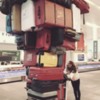
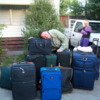


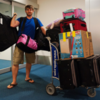
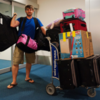


Comments (1)